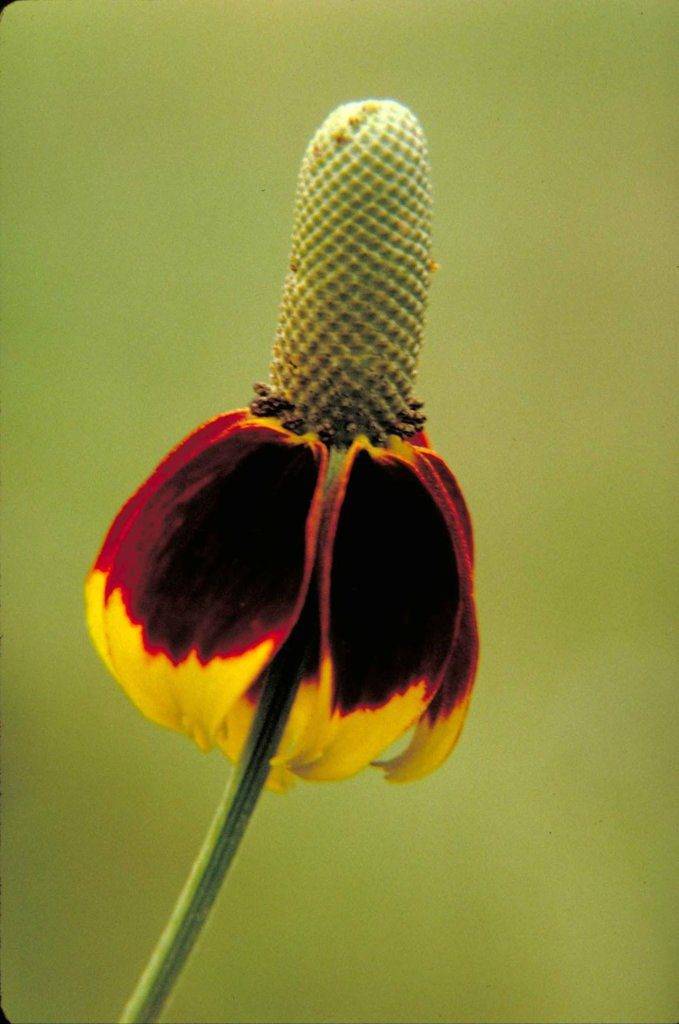What is a Mexican Hat Plant? – Grow and Care for Ratibida columnifera
What is a Mexican Hat Plant? Hey guys, are you looking for a fun wildflower that is super easy to grow? As the title justifies that you will come to know about the Mexican hat plant, let us jump into the information. It is a famous species of flowering plants and shrubs that come from the Asteraceae family. What is the theory behind its name? It is native to various areas of North America, i.e.; Mexico, it is named the Mexican hat plant. There are other names for it too such as; Upright Prairie Coneflower, Column Flower, Prairie Coneflower, Ratibida columnifera, and many more. Folks, it is a pretty wildflower that tends to grow in the springtime.
This plant tends to have reddish flowers involving yellow sides and a cylindrical thing in the center of it. It can be a great part of your garden. This is going to add so much value to your garden that it will look elegant and attractive. Don’t you want to grow this beautiful Mexican hat plant in your too? If yes, then read thoroughly to know more about this easy-growing plant in detail.
Let us get started.
What is the Mexican hat plant?
The Mexican hat plant is an easy-growing plant that has reddish flowers involving yellow sides and a cylindrical thing in the center of it. This plant is also known as prairie coneflower and foxglove. How much do you know about the Mexican Hat plant? In this article, we will be clearing all your doubts regarding the Mexican hat plant. It has a tall stem that attains a height of 0.5 to 1 m. Guys, without any doubt you can go for this plant in your yard to make it look beautiful.
| Common Name | Mexican hat flower, prairie coneflower, thimble flower |
| Botanical Name | Ratibida columnifera |
| Family | Asteraceae |
| Plant Type | Perennial |
| Mature Size | Up to 3 ft. tall, 18 in. wide |
| Sun Exposure | Full |
| Soil Type | Loamy, sandy, well-drained |
| Soil pH | Neutral, alkaline |
| Bloom Time | Spring, summer, fall |
| Flower Color | Orange, yellow, brown |
| Hardiness Zones | 4-9 (USDA) |
| Native Area | North America (Mexico) |
How to grow the Mexican hat plant?
Folks, do you want to grow these plants in your yard? If yes, then you can go for it. You can Plant them singly or also in a mix with other strong perennials. Let us know how to grow it with ht help of the following steps:
Step 1- In the fall, spread out the seeds.
Step 2- Take the soil lightly to ensure a good mix.
Step 3- After that, the plant will grow naturally.
This is how you are done with the process of growing the Mexican hat plant. But need not panic as the plant can take as much time to bloom its flowers just like the snake plant.
How do you care for the Mexican hat plants?
Mexican hat plants require less care as compared to other plants, but as you come to know its growing procedure, you should know how to take care of them properly. Let us know the factors that lead to the caring for the Mexican hat plant:
Sunlight requirements
What do you think about the sunlight required by these hat plants? Mexican plant or Ratibida columnifera tends to grow in full sun. If you provide them with as much sunlight as they need, you will get long-lasting flowers in return.
Soil requirements
As said These plants can be grown easily, and they can endure all the soil types. These plants can be worn in dry or wet soil.
Water requirements
These plants are drought indulgent, so you can give them the water when they get dry, no need to water them regularly. If they are dry, water them.
For more such plant related-articles, you may also read, What is Motherwort Herb? – Uses and Growth tips for Motherwort Plant
Temperature and humidity
These plants thrive in hot, dry areas. However, excess moisture, rain, or low temperatures can be complicated for these plants.
Fertilizer requirements
You can add some amount of mulch or compost to the soil only if you know the soil is of poor quality. These plants can grow in every type of soil, so fertilizers don’t play any major role.

Types of Mexican Hat Flowers:
Red midget is the only variety of Mexican hat flowers which is compact erect perennial having hairy, gray-green leaves and slender. The plants do consist of branching stems having daisy-like and dark red flowers.
Pruning:
In case you dont want the plants to reseed themselves you have the option of mowing them after they are used bloom. There are many gardeners that used to let the seed heads ripe rather than growing the plant by cutting in early spring which does help in planting the plant naturally. Wild birds love to eat ripened seeds during the winter.
Propagating Mexican Hat Flower:
I will suggest you divide Mexican hat flowers every few years during the springtime so that they feel refreshing and maintain a vibrant color.
- To propagate you need to dig up the plant to get the root ball of the plant.
- After getting the root ball you need to divide the ball at least 1 foot away from another plant so that it gets a space to grow properly.
- Make sure to water the plant regularly.
USDA Hardiness Zones for Mexican Hat Plants:
The Mexican hat plants consist of taproots that make them drought tolerant. The root system helps the plant to get the plant moisture that is present deep. These are plants that are native stretching from Canada to the Great Lakes and from way down south to Texas.
The Hardy Zone map helps break the county into different growing zones for plants. You can easily get to know which plant is able to grow best in which area. The Mexican hat plants are able to grow best in hardiness zones from 4 to 9. The plants is used to die when the temperatures start to drop mainly in the fall and winter season.
Sowing seeds of Mexican Hat plant
Sowing seeds outdoors:
The right time for sowing the seed is during the spring or fall season. There are many gardeners who start collecting the seeds from the spent plants so that they are able to sow them right time and get the time for blooming flowers. You can collect seeds at the end of the summer when the flower has bloomed. You can also collect the seeds from different plants not only from a single plant which will help to get different colors of flower in the next growing. You need to store seed in a place where the temperature is at 40 degrees F for 9 weeks at least.
Make sure not to cover the plant with dirt as they need to have light for seed germination. In order to avoid the blowing away of seeds you need to top the seeds with the help of layering vermiculite. To grow the plant by seed during spring you need to prepare the mixing a month in advance and keep them in a cool space like a refrigerator. You need to keep the soil moist after completing the planting.
Wrapping up the context
Last but not least, this plant can be grown easily, and also the care required by these plants is minimal. It is native to various areas of North America,i.e; Mexico, it is named the Mexican hat plant. There are other names for it too such as; Upright Prairie Coneflower, Column Flower, Prairie Coneflower, Ratibida columnifera, and many more. I hope this article will be useful for you all.
FAQ‘s
Can you plant a Mexican hat plant outside?
Yes, these plants can be planted outdoors as they tend to attain a height of 12 – 36 inches tall.
Does it take too long for Mexican plants to grow?
No, it doesn’t take much time. It can be approximately 7- 8 weeks.
When should you plant them?
You can plant these beautiful plants in the springtime.
Does the Mexican hat plant flowers?
These plants can be grown easily but give flowers over a long season. It is a great thing about these plants.


